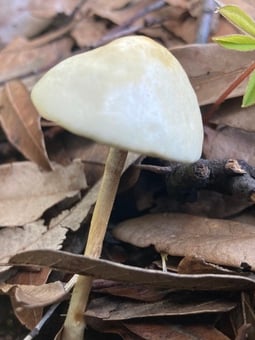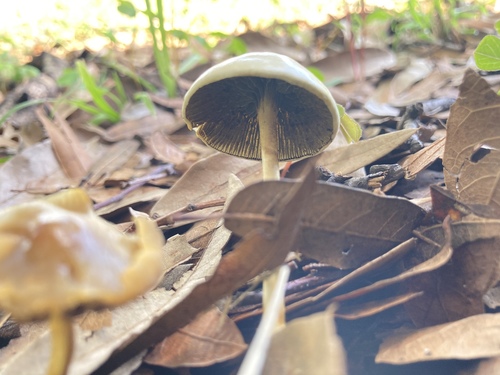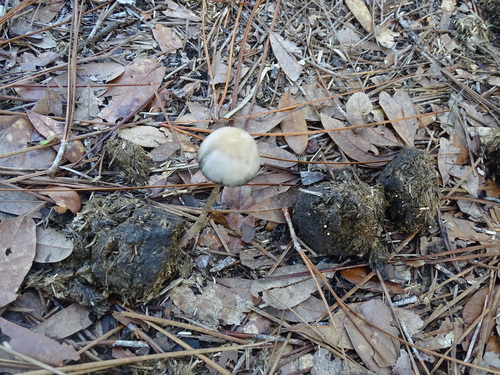Panaeolus cyanescens


Image by Angeliqueva


Image by Louis
The cap can reach alittle over an inch, producing a conical shape. Brownish grey in color, it can fade to an off-white, grey color as it matures- sometimes with blue or green shades. Gills are dark grey to black; tightly spaced. Grow up to 4.5” tall. The stipe is the same color as the cap sometimes slightly lighter, Purinose in nature. Bruising blue/green. It grows in tropical conditions, but seen during temperature drops. Often during fall. It is found in pastures associated with bovine dung. With a wide tryptamine content range of ~3%. Lookalikes, Conocybe filaris & Conocybe apala.
Description







